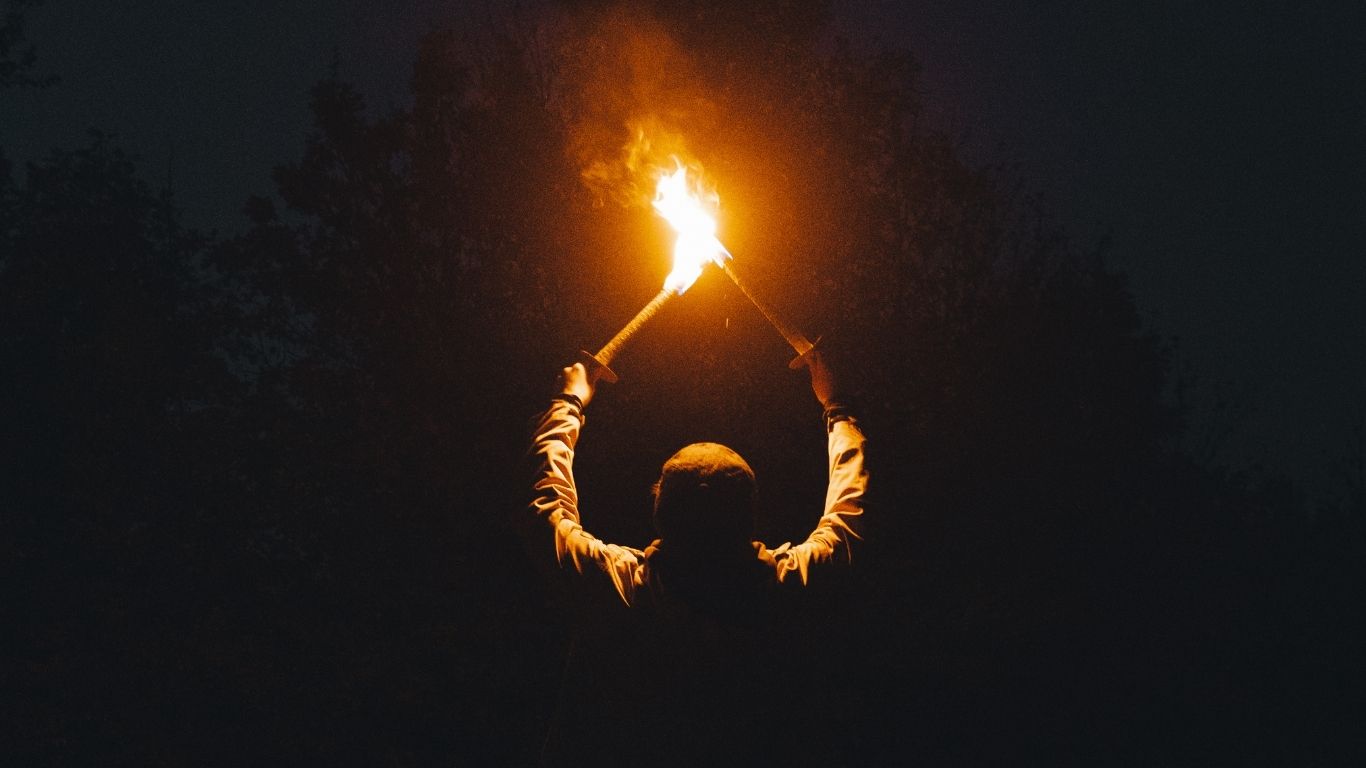
It all started with a missed check-in.
A solo hiker in his mid-thirties. He was fit and experienced but was meant to return by dusk.
He didn’t. His friends waited an hour. Then another. Then they called it in.
As a first response, local rangers were dispatched.
Torches, walkie-talkies, a printed map of the trail, and a healthy dose of concern.
When that turned up nothing, it escalated.
They brought in the dog unit. Two Alsatians and handlers with GoPros strapped to their heads.
The press started circling.
Twitter took an interest.
Still no sign.
It was time for the mountain rescue helicopters with their lights and thermal imaging. Their night sun lit up an entire valley of pine trees like a stadium, but to no avail.
Concern mounted. An inter-agency command centre was established with folding tables, chairs, map boards, and radio operators monitoring all the radio channels.
The local café arrived with flasks of lukewarm tea. Someone wheeled in a whiteboard.
They drew up a 12-hour operations grid.
Camp beds were set up.
A mobile kitchen arrived to provide round the clock sustenance.
Meanwhile someone else was holding a press briefing.
By 9.00pm the situation had grown to full-scale crisis response. Signal boosters were flown in. Military-grade surveillance drones were deployed.
A weather expert was brought in to assess the likelihood of hypothermia.
The Chief Constable was interrupted at dinner. He asked for an update on the hour every hour.
He called the Mayor and briefed him.
Then a rumour started that the hiker had been kidnapped.
Who knows what would have come next. They’d probably have mobilised the Army. But they were saved that task when at midnight a retired firefighter, who’d stopped by to deliver sandwiches, casually asked:
“Has anyone tried calling his phone?”
Silence.
Someone picked up a radio and made a call. A number was found.
They rang.
The hiker answered.
He sounded confused.
He hadn’t been lost at all. He’d simply taken a different route down and decided to walk home through the valley with no charge on his phone. He’d been at home for the last few hours with a warm drink, a movie and now a fully charged mobile.
Meanwhile, half the county had been staging a small-scale military operation.
Complexity crept in because people stopped asking simple questions.
Nobody paused to ask,
“What’s the most basic way to find a person?”
They assumed the answer had to be complicated, because the situation felt complicated.
Auditors do the same.
A revenue recognition issue looks messy, so we layer on consultations, models, second opinions, and precedent.
But sometimes, the most useful thing you can do is step back and ask,
“What does the standard actually say? What’s the basic principle here?”
That’s Rule #4 of the Modern Auditor’s Survival Kit.
Start from first principles. Then add layers, but only if they’re needed.
Otherwise, you might just end up sending a drone to find someone who isn’t lost.
Have a great week ahead.
Regards, Christiaan.
.png)




























.png)
.png)
.png)


.png)
.png)
.png)

































.png)




Enhance your Excel with this powerful add-on, designed to make your audit work faster and more efficient.
Inspiration not perspiration with tips and insights to audit smarter, straight to your inbox.

You can unsubscribe at any time. We respect your information and won’t share your data with any 3rd parties. Learn more about our privacy policy.
.svg)